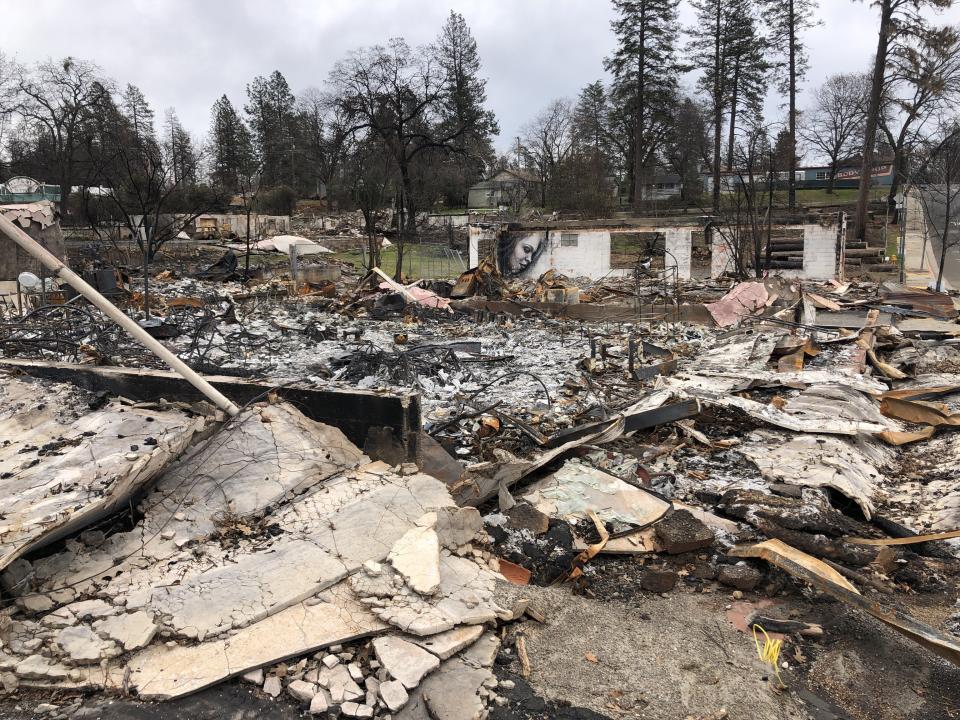Water In Paradise Is Contaminated, Undrinkable After California's Camp Fire
Months after the Camp fire ravaged Paradise, California ― the state’s deadliest and most destructive fire ever ― the town is now facing another problem: Its water is contaminated with cancer-causing benzene.
In a report last week, water officials said “the full extent of the contamination is not yet known” and laid out a long and expensive process needed to test and clear the system before water would be safe for drinking.
In an earlier February notice, Paradise Irrigation District officials said that the area’s water quality was “severely compromised” due to fire damage. Officials said that about 40% of the water service lines they’d tested had shown signs of contamination, with the most prevalent chemical being benzene. (Long-term exposure to high levels of benzene can lead to anemia and leukemia, per the Centers for Disease Control and the World Health Organization.)
“Paradise water is not safe to drink,” the notice read, warning residents to use bottled water for cooking and brushing teeth.
Officials told the Sacramento Bee they had tested around 500 water samples in the area and found benzene about a third of the time. It’s not clear how much of the town’s water system may have been affected, as only about 2% of the system has been sampled, reported NPR.
After the fire leveled Paradise, killing 85 people and destroying nearly 14,000 homes, it displaced most of the residents who then moved to nearby Chico or left the area or the state altogether.
Of about 27,000 people living there before, only some 1,500 remain in the houses left standing, per the Associated Press. They now rely on bottled water and water tank deliveries.

After the October 2017 fires in Northern California’s Sonoma and Napa counties, the city of Santa Rosa also tested and found benzene in some of its water. Within a year, the water had been tested, affected areas cleared and water quality restored, per an advisory from the city.
But the area burned by that fire only covered about 5% of Santa Rosa’s water system, per the Bee. Meanwhile, the Camp fire in Paradise tore through around 87% of the town.
“It is jaw-dropping,” Dan Newton, assistant deputy director with the State Water Resources Control Board, told the Bee. “This is such a huge scale. None of us were prepared for this.”
HuffPost reached out to the Paradise Irrigation District and the State Water Resources Control Board but did not immediately receive a response.
In their February notice, Paradise water officials said they believed the fire’s heat may have burned the town’s service lines and plumbing systems. That damage could have caused leaks that then led the piping system to depressurize, allowing burned plastics and other materials to get sucked in and introduce the benzene into the water system.
Another theory from local and state officials is that when pipes leaked or were emptied by residents and firefighters using hoses, toxic air filled the vacuum ― with benzene formed from the high-intensity burning, per the Sacramento Bee.
Officials detailed a plan in their April report to take samples and test water across the system, and then clear it as needed ― a process which they estimated could take until early 2021 and cost about $50 million. The Federal Emergency Management Agency is expected to cover much of the cost.
This article originally appeared on HuffPost.

